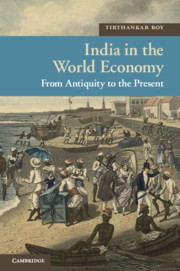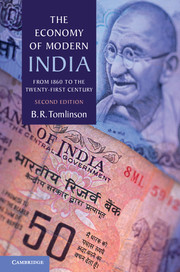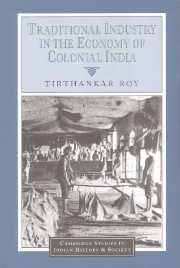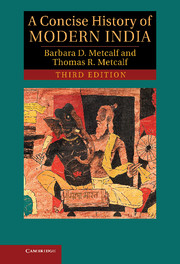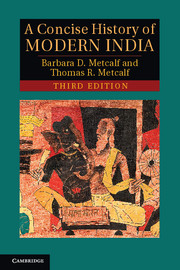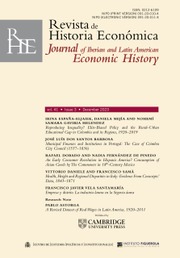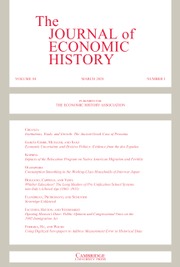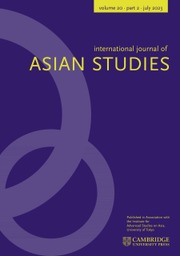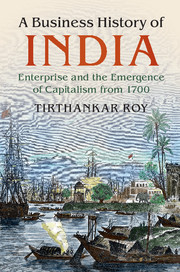India in the World Economy
Cross-cultural exchange has characterized the economic life of India since antiquity. Its long coastline has afforded convenient access to Asia and Africa, and trading partnerships formed in the exchange of commodities ranging from textiles to military technology and opium to indigo. In a journey across 2,000 years, this enthralling book written by a leading South Asian historian, describes the ties of trade, migration, and investment between India and the rest of the world, showing how changing patterns of globalization reverberated on economic policy, politics, and political ideology within India. Along the way, the book asks three major questions. Is this a particularly Indian story? When did the big turning points happen? And is it possible to distinguish the modern from the pre-modern pattern of exchange? These questions invite a new approach to the study of Indian history by placing the region squarely at the center of the narrative. This is global history written on India's terms and, as such, the book invites South Asian, Indian, and global historians to rethink both their history and their methodologies.
- A novel approach to Indian economic history which sets trade and mercantile activity in the region within a global framework
- The book assesses the importance of India's economy across 2,000 years from antiquity to the present
- Written by a senior scholar in the field for students and all those interested in India's mercantile past and its impact on the world economy
Reviews & endorsements
"… this book … represents an unprecedented effort that must be the foundation for further advances in our understanding of the long history of India as a global entity."
Bulletin of the School of Oriental and African Studies
Product details
June 2012Paperback
9781107401471
298 pages
229 × 152 × 15 mm
0.41kg
23 b/w illus. 6 maps 7 tables
Available
Table of Contents
- Preface
- 1. Introduction: India and global history
- 2. Ports and hinterlands to 1200
- 3. Receding land frontiers, 1200–1700
- 4. The Indian Ocean trade, 1500–1800
- 5. Trade, migration, and investment, 1800–50
- 6. Trade, migration, and investment, 1850–1920
- 7. Colonialism and development, 1860–1920
- 8. Depression and decolonization, 1920–50
- 9. From trade to aid, 1950–80
- 10. Return to market, 1980–2010
- 11 Conclusion: A new India?

